SNF - About Us | Water Treatment & Advanced Polymer Solutions
GLOBAL LEADER IN POLYACRYLAMIDES. SNF is a privately held, specialty chemical company based in the Rhone-Alpes region of France, with a long-standing presence on every continent. With 21 production sites in Europe, Asia, Australia, and America, with a production capacity of 1,425,000 tonnes, SNF has the largest polyacrylamide production
Optimizing the Conditions of Cationic Polyacrylamide Inverse,sized polyacrylamide emulsions to stabilize dunes in arid regions by reacting water¨Cin¨Coil emulsions at a stirring speed of 2000¨C3000 rpm, with reaction temperature of 50¨C60 C [27]. Although previous researchers have studied the effects of input parameters on the molecu-
Polyacrylamide degradation and its implications in
The hydrolyzed form of polyacrylamide (HPAM), a co-polymer of acrylamide and acrylic acid, is the most widely used anionic PAM in oil and gas development as well as in soil conditioning. 1,9,12,21
Preparation and properties of cationic polyacrylamide,SiO2 particles of different particle sizes were prepared by sol¨Cgel method using ethyl orthosilicate (TEOS) as raw material. Nano-silica/cationic polyacrylamide (S-CPAM) prepared by inverse emulsion polymerization of modified silica (C-SiO2) as a hydrophobic component with acrylamide (AM), dimethyl diallyl ammonium chloride (DMDAAC) and Methacryloyloxyethyl trimethyl ammonium chloride (DMC
China Flocculant, Flocculant Manufacturers, Suppliers, Price
Buyers can post inquiries without registration and check out all the latest buying guide & Chemical market reports you need in our industry resource center. The above is the search results for Chinese Flocculant, click for more recommended manufacturers & suppliers listings such as anionic polyacrylamide, polyacrylamide, pam.
SAFETY DATA SHEET - Spectrum Chemical,Polyacrylamide9003-05-8Present XUPresent KE-29375 PresentPresent (6)-849 PresentPresentNot present U.S. Regulations Polyacrylamide FDA - Direct Food Additives21 CFR 172.255 21 CFR 173.315 FDA - 21 CFR - Total Food Additives172.255 173.315 175.105 176.170 176.180 California Prop. 65: Safe Drinking Water and Toxic Enforcement Act of 1986.
Optimization Conditions to Obtain Cationic Polyacrylamide
The synthesis of cationic polyacrylamides (CPAMs) with the desired cationic degree and molecular weight is essential for various industries, including wastewater treatment, mining, paper, cosmetic chemistry, and others. Previous studies have already demonstrated methods to optimize synthesis conditions to obtain high-molecular-weight CPAM emulsions and the effects of cationic degrees on
Cationic polyacrylamide emulsion with ultra-high,Cationic polyacrylamide emulsions with ultra-high concentration (CPAME-uhc) can obviously save transportation costs, but their molecular weight, solubility, and temperature/salt resistance need to be further improved. Therefore, this study attempted to improve the molecular weight of CPAME-uhc by optimizing the preparation conditions.
What Is the Differences between Dry Pam and Polyacrylamide
1. Difference in appearance. Cationic polyacrylamide emulsion is milky liquid, while the dry pam is white granule or powder-like product. However, cationic polyacrylamide emulsion is transparent
Polyacrylamide Market - Size, Industry Share & Growth,The Polyacrylamide Market size is estimated at 2.17 Million tons in 2024, and is expected to reach 2.84 Million tons by 2029, growing at a CAGR of 5.45% during the forecast period (2024-2029). In 2022, the COVID-19 pandemic, on a global scale, forced water treatment, pulp and paper, oil and gas, and mining industries to shut down their
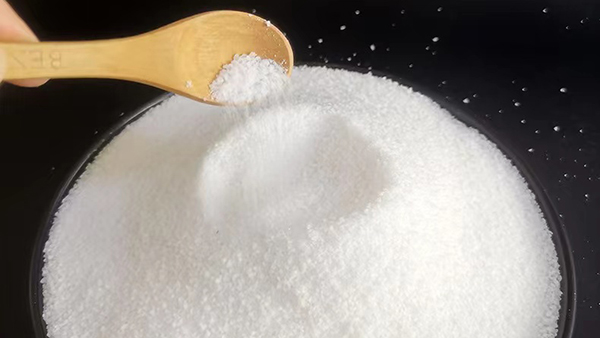
Polyacrylamide (PAM) Prices, Monitor, Analysis & Demand
Get Real Time Prices Market Overview Sample Graph [Unit = INR/Tonnes] For the Quarter Ending September 2023 North America In the US market, the overall market fundamentals of Polyacrylamide (PAM) exhibited mixed sentiments during the third quarter of 2023. The price of PAM experienced a minimal decrease of approximately 1.6% during the entire Q3.
Get Price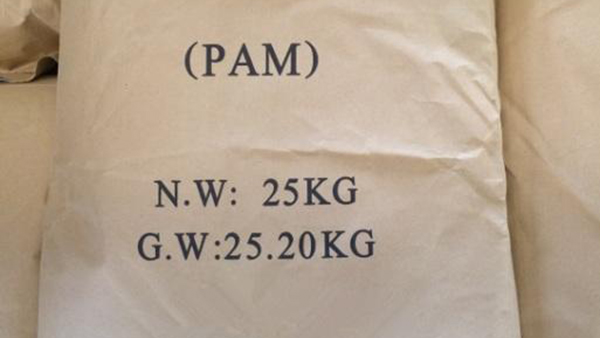
Polyacrylamide degradation and its implications in
The hydrolyzed form of polyacrylamide (HPAM), a co-polymer of acrylamide and acrylic acid, is the most widely used anionic PAM in oil and gas development as well as in soil conditioning. 1, 9,...
Get Price
Anionic Polyacrylamide Application Guide for Urban
Anionic PAM Application Guide for Urban Construction - 2013 Anionic PM pplication uide for ran onstruction 2013 3 2.1 Product Selection Any anionic PAM product used for erosion and sediment control on a construction site should adhere to the following criteria. ? Anionic PAM is the active ingredient. Only products using water
Get Price
Polyacrylamide Market Size, Share & Growth Report, 2030
Polyacrylamide Market Report Scope. Market size value in 2023. USD 5.8 billion. USD 9.1 billion. CAGR of 6.5% from 2023 to 2030. Base year for estimation. Volume in kilotons, revenue in USD million/billion, and CAGR from 2023 to 2030. Revenue forecast, volume forecast, company ranking, competitive landscape, growth factors, and trends.
Get Price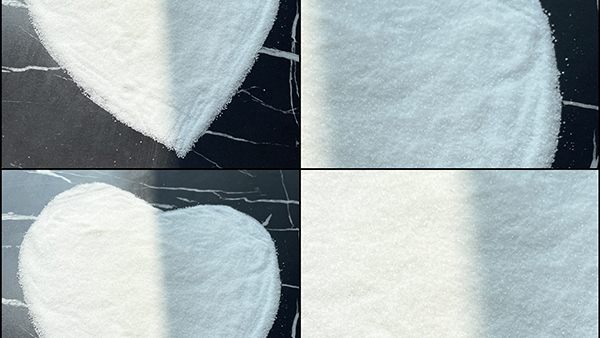
ANIONIC POLYACRYLAMIDE
The information presented in this dossier was obtained primarily from the Cosmetic Ingredient Review on polyacrylamide (CIR, 2005) and from the book titled Ecological Assessment of Polymers, Strategies for Product Stewardship and Regulatory Programs (Lyons and Vasconellos, 1997).
Get Price
Polyacrylamide
Polyacrylamide (abbreviated as PAM or pAAM) is a polymer with the formula (-CH 2 CHCONH 2 -). It has a linear-chain structure. PAM is highly water-absorbent, forming a soft gel when hydrated. In 2008, an estimated 750,000,000 kg were produced, mainly for water treatment and the paper and mineral industries.
Get Price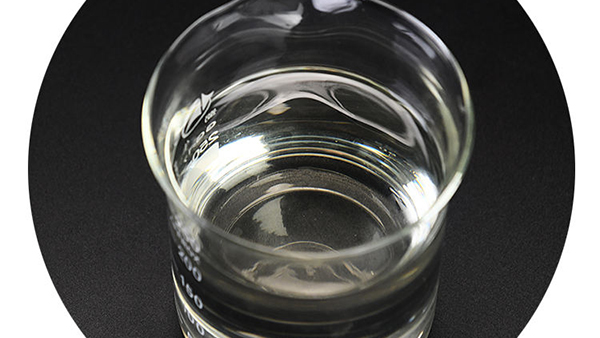
Polyacrylamide in Agriculture and Environmental Land
Anionic polyacrylamide (PAM) has been sold since 1995 to reduce irrigation©induced erosion and enhance infiltration. Its soil stabilizing and flocculating properties improve runoff water quality by reducing sediments, N, dissolved reactive phosphorus (DRP) and total P, chemical oxygen demand (COD), pesticides, weed seeds, and microorganisms in runoff.
Get Price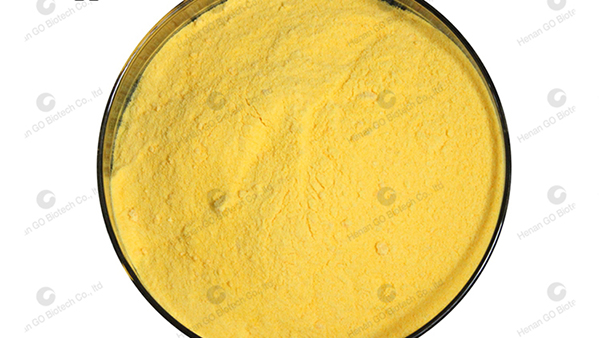
Fabricating an anionic polyacrylamide (APAM) with an anionic
2.1. Materials The monomer AM and SAS were purchased from Chongqing Lanjie Tap Water Company (Chongqing, China). Urea [CO (NH2)2] and initiator 2,2¡ä-azobis [2- (2-imidazolin-2-yl)propane]dihydrochloride (VA-044) were sourced from Apotheker Chemical Reagent Co., Ltd. (Chendou, China).
Get Price
Polyelectrolyte polymers¡ªTypes, forms, and function
Anionic polyacrylamides hold the largest portion, as far as, market size goes, however, only being slightly ahead of cationic polymers. Anionic and cationic polyacrylamides make up roughly ~ 75% of the total polyacrylamide market, with nonionic products comprising the final ~ 25%. The largest application areas include solid-liquid separation in
Get Price
Polyacrylamide | Water Treatment, Soil Stabilization
polyacrylamide, an acrylic resin that has the unique property of being soluble in water. It is employed in the treatment of industrial and municipal wastewater. Polyacrylamides are produced by the polymerization of acrylamide (C 3 H 5 NO), a compound obtained by the hydration of acrylonitrile. Acrylamide is usually dissolved in water; it has
Get Price